A Challenging Cement Plant Move
UTC Delivers to Landlocked Paraguay
UTC has a team of logistics experts specializing in moving cement plants anywhere in the world, no matter how complex the job. They spent 15 months planning, organizing, executing, and successfully delivering a complete plant to the Port of Asuncion in Paraguay. The cargo was comprised of oversize, overweight breakbulk and container shipments collected from countries on five continents.
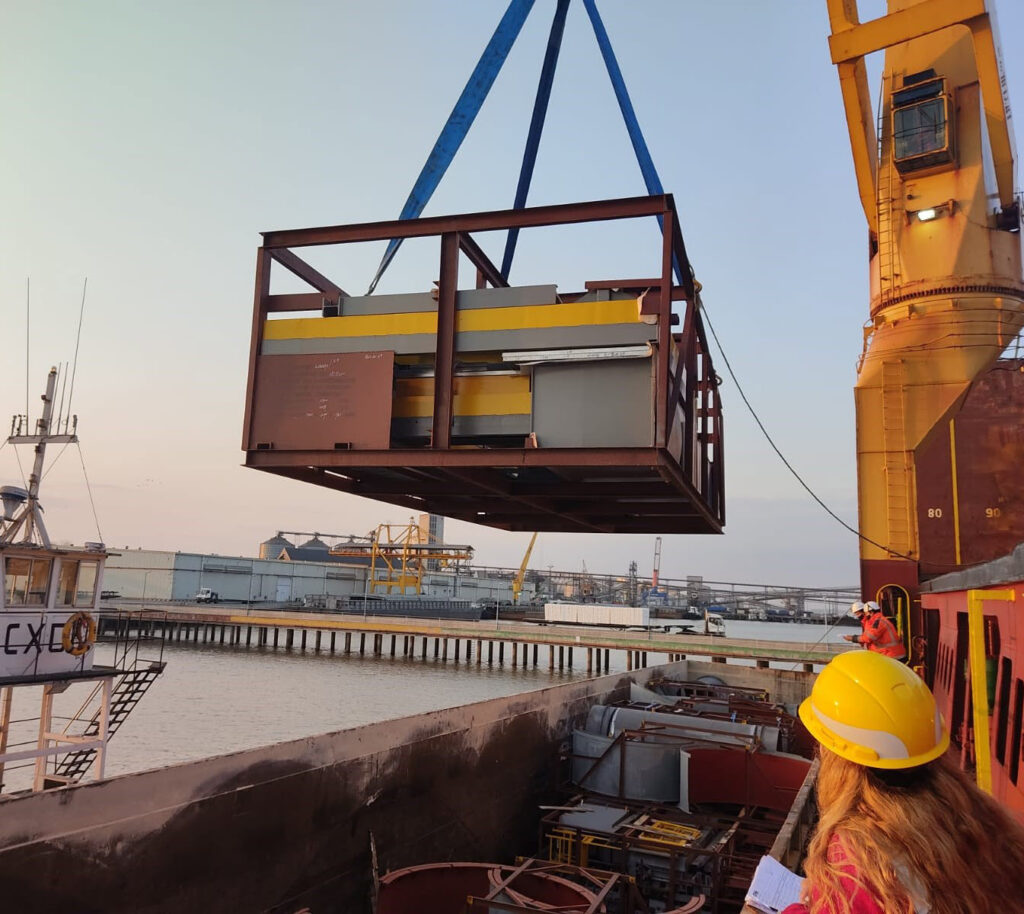
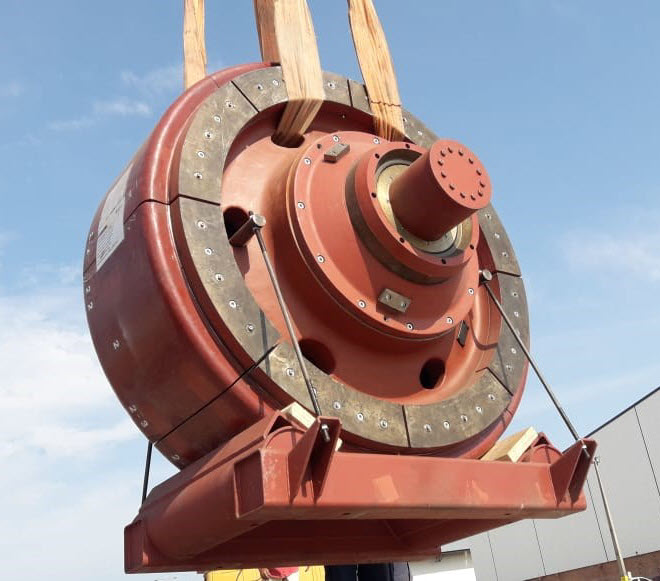
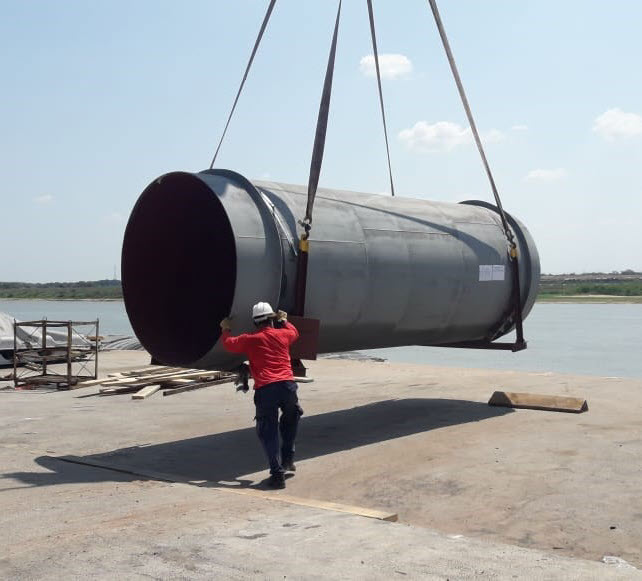
The client contracted with UTC because they had complete confidence in UTC's ability to manage this type of job in a remote section of South America. As is customary for any CAPEX or OPEX project, UTC's team carefully studied the processes, infrastructure, and resources available. They went to the region and, together with their local partner, visited and selected the most suitable port and terminal for the chartered vessels carrying the cargo.
Risk assessment and contingency planning were required to mitigate issues that could arise during the project timeline. Conducting this operation during a pandemic posed more challenges as it limited resources, travel, face-to-face meetings, and routine cargo inspections.
Paraguay is landlocked, and the most common and economical way to reach Asuncion port is to transport cargoes via barge from deep water ports in the gulf of Rio de la Plata up the Paraná and Paraguay Rivers. This route spans some 800 nautical miles (about 1500 km). The Paraguay River is the second major river in the Rio de la Plata Basin. Unlike other rivers in the basin, the Paraguay River has not been dammed for hydroelectric power, leaving it navigable for a long distance, second only to the Amazon in terms of navigable length on the continent. For this reason, it is seen as an essential trade route for landlocked countries such as Paraguay and Bolivia.
In-depth risk assessment identified challenges early on
One challenge was water level fluctuations on the river, which can cause disruptions to traffic during the dry season. The dry season set in during one segment of the project, and two-way traffic on the river was interrupted, leaving only one channel clear for movement. Approaching barges in either direction had to stop and wait for clearance to move through the open lane. While waiting for permission to continue to Asuncion, the water level receded further, and another barge transiting through the channel got stuck and blocked the only navigable route. Traffic came to a grinding halt in each direction.
Thanks to a detailed risk assessment plan, UTC had anticipated and was ready for the situation and quickly employed a shallow draft tug that cautiously moved the convoy of barges towards the final destination. In case it became necessary to offload the cargo before reaching Asuncion, an alternate port had been identified. Fortunately, this strategy did not have to be implemented.
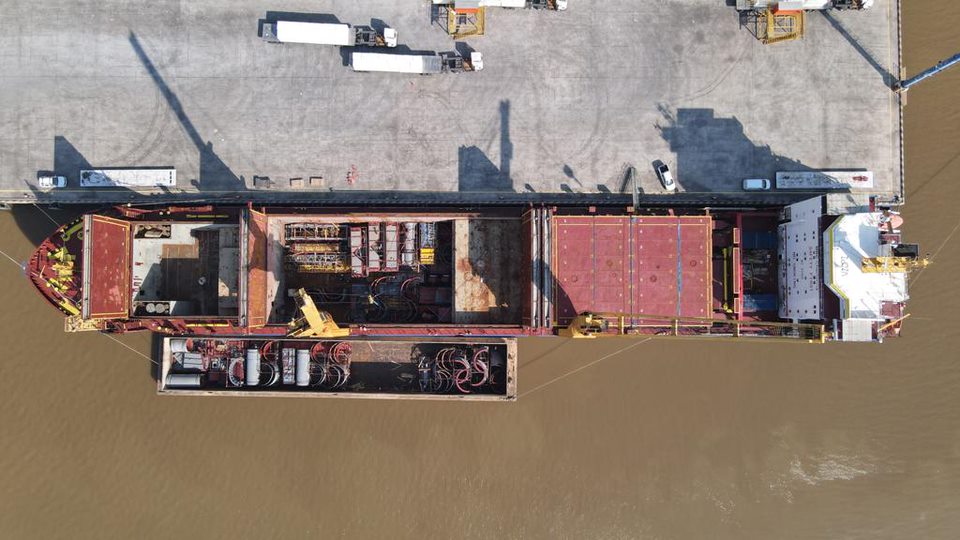
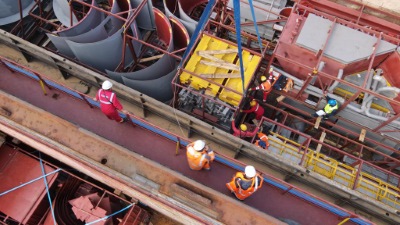
Rodrigo Chittoni, UTC Vice President Central & South America Projects, recounted the group's mounting challenges during this leg of the trip. "The last barge was projected to take four days to transit to Asuncion. In actuality, it spanned three weeks as the convoy had to move slowly. Fortunately, due to the team's preparedness, they could shift plans based on rapidly changing river conditions. These occurrences, along with restrictions caused by COVID, posed challenges. Based on careful risk assessment early on in the planning stages, UTC's team of professionals responded to changing conditions to keep the cargo moving. Focused, in-depth planning is critical for a long term project such as this one. It is not something that just happens; it is strategically thought through and developed based on experience and knowledge."
This project showcases UTC’s extensive expertise and ability to manage OPEX and CAPEX jobs in remote areas when faced with multiple adversities. Large cement projects have successfully been completed in Brazil, Uruguay, Paraguay, Colombia, Ecuador, Chile, Bolivia, Mexico, Panama, and Costa Rica.


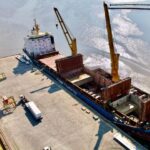
 News Briefs
News Briefs